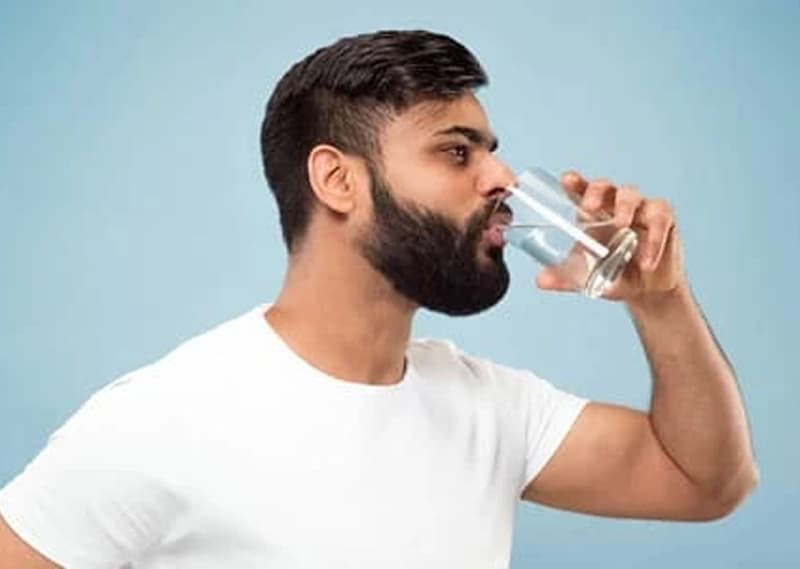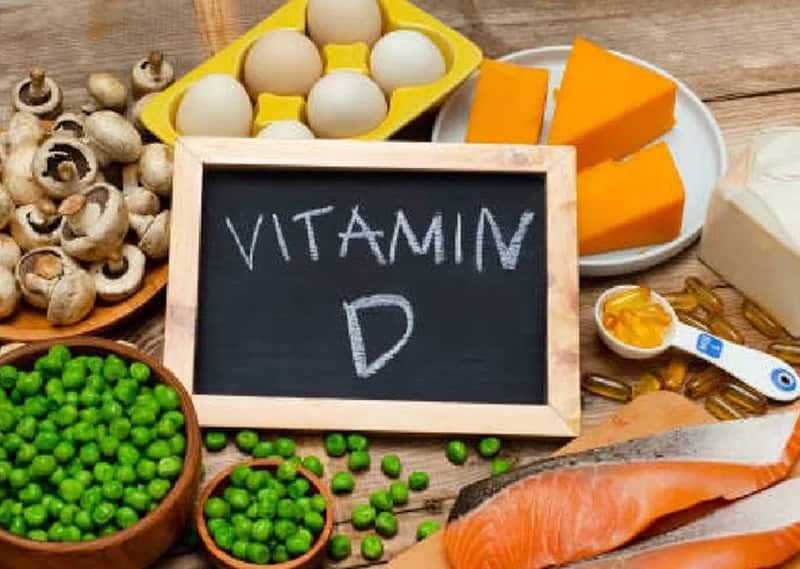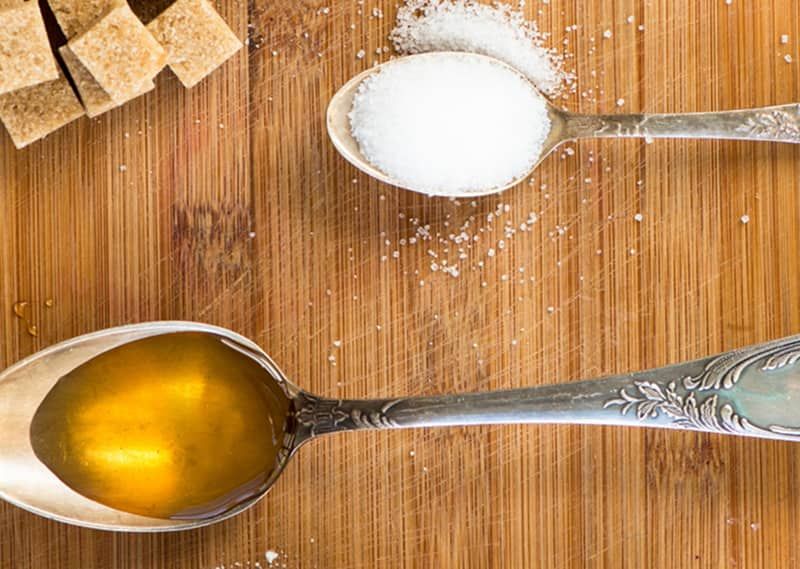How Much Water Your Body Actually Needs
The ubiquitous directive to “drink eight glasses a day” is simple to write but false. Fluid needs vary with body size, activity, climate, diet, and state of health. One widely cited reference by the U.S. National Academies estimates average total daily fluid intake—both drink and food water—at about 3.7 liters for men and 2.7 liters for women. Those amounts work out to roughly 125 and 91 US fluid ounces. Because roughly twenty percent of the fluid requirement for a typical day comes from food, what you have to drink is less than the total requirement.

Physical exercise is an important modifier of requirement. During strenuous exercise people tend to lose a liter or more of sweat per hour, and some competitors lose over two liters per hour under extreme conditions. Long-endurance events require replacement of fluid and sodium because taking too much without electrolytes can result in hyponatremia, a potentially lethal decrease in blood sodium that produces nausea, headache, confusion and, in the extremely rare instance, convulsions. A simple method to estimate sweat loss is to weigh yourself pre-exercise and post-exercise: a one-kilogram loss of body weight equals approximately one liter of fluid loss.
Environment changes fluid balance in predictable ways. Hot and humid climates increase sweat loss because the body must work harder to lose heat, while dry, high-altitude climates increase respiratory water loss and add up to another liter per day in people. Sealed, air-conditioned or centrally heated indoor climates lower ambient humidity and cause insidious dehydration over a workday. Travelers traversing climatic zones or sleeping in arid hotel bedrooms typically need a voluntary additional drinking regimen during acclimatization.
Diet is a measurable component. High water-content foods such as watermelon, cucumber, oranges and tomatoes can add a great deal of fluid; a massive salad or fruit salad can supply several hundred milliliters to daily needs. Conversely, very salty or proteinoids food adds additional stress on the kidneys and increases fluid intake. Unlike past advice, moderate tea and coffee are part of overall fluid intake notwithstanding caffeine’s mild diuretic effects at toxic levels; for most people those beverages are net contributors to hydration.
Clear, simple signals generally work best. Thirst is a good stimulus in healthy adults overall, and the color of one’s urine is an instant in-house test: pale straw to light yellow typically indicates well-hydrated and dark amber concentration with a hint that more fluid is needed. Clinically, plasma osmolality and urine specific gravity are measured by physicians in the case of precise assessment; normal plasma osmolality is roughly between 285 and 295 milliosmoles per kilogram and any deviation indicates clinically relevant fluid imbalance.
Certain phases of life and disease alter the guidelines. Pregnant women need extra fluid to keep increased blood volume and amniotic fluid in check, and lactation can include roughly an extra 0.5 to 0.7 liters a day. The elderly have less thirst response and have to monitor intake more consciously, while babies require frequent feeding as they cannot express thirst reliably. Those at risk of kidney stones are often told to make more urine to dilute mineral that leads to stones, while the patients with heart failure or advanced kidney disease can be provided with medically prescribed fluid limitation to avoid overfilling.
The eight-glass rule is about 1.9 liters and therefore underestimates combined beverage-plus-food quantities most adults require. Drinking to thirst and water-rich foods, estimation of way-out sweat losses from weight change during intense effort, and monitoring urine color will maintain balance without quotas for most fit individuals. Athletes, individuals living in extreme environments, pregnant and lactating women, and anyone with certain medical conditions must adhere to individualized fluid goals as dictated by clinicians instead of adopting a blanket mandate.
An eight-ounce glass of liquid is 237 milliliters, and reusable containers usually measure 500 to 750 milliliters, and this is what helps a person conceptualize how much to drink. Drinking 100 to 200 milliliters of fluid every 20 to 30 minutes during prolonged activity provides adequate hydration without gut discomfort; do not gulp large amounts at once. Conceptualizing hydration as an elastic, flexible system—instead of a rigid daily quota—allows you to adjust intake to what your body, climate and daily activities actually need.
 Disclaimer:
Disclaimer:
The content provided on our blog site traverses numerous categories, offering readers valuable and practical information. Readers can use the editorial team’s research and data to gain more insights into their topics of interest. However, they are requested not to treat the articles as conclusive. The website team cannot be held responsible for differences in data or inaccuracies found across other platforms. Please also note that the site might also miss out on various schemes and offers available that the readers may find more beneficial than the ones we cover.
Featured Articles
-
 Home & Garden
Home & Garden8 Simple Rental Upgrades That Feel Like Home
-
 Finance
FinanceDecide What to Do with Your Retirement Investments for a Secure Future
-
 Health & Wellness
Health & WellnessIs Your Body Low on Vitamin D? Learn the Signs and How to Up Your Levels
-
 Finance
FinanceA Closer Look at Loans: What They Are and What They Offer
-
 Finance
FinancePayPal’s New “Pay With Crypto” Marks the Beginning of a Borderless Payment Age
-
 Health & Wellness
Health & WellnessCorn Syrup or Cane Sugar: Which One Is Really Better for You?




